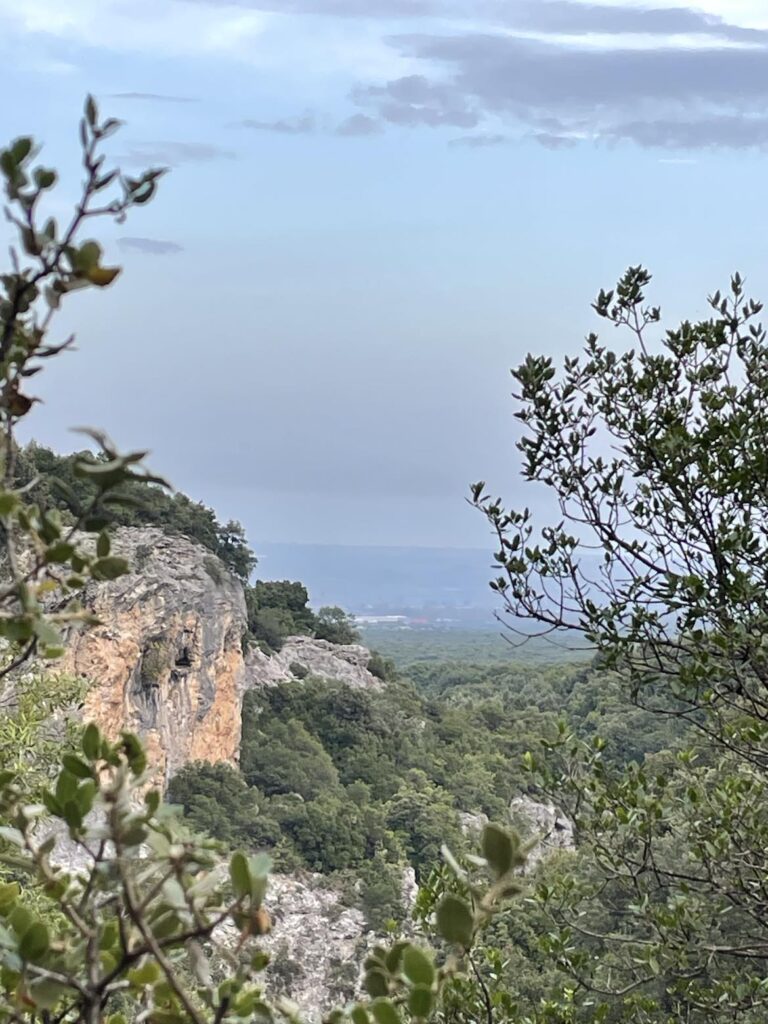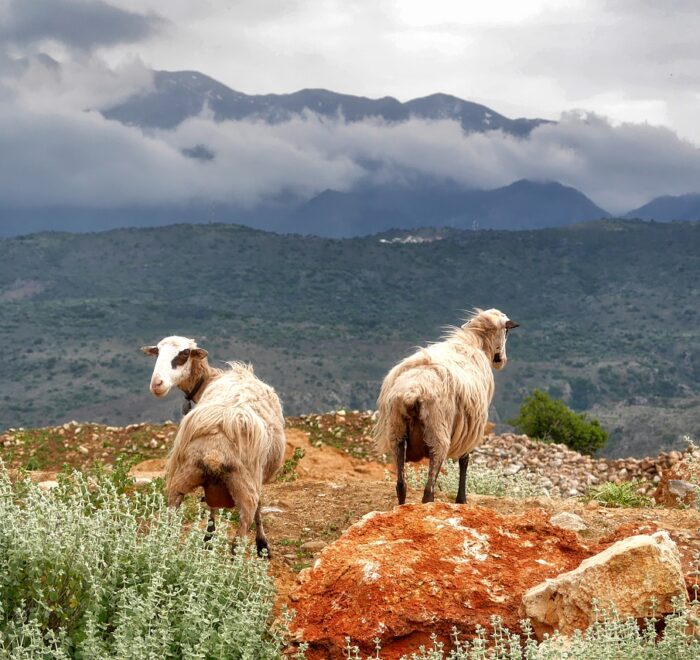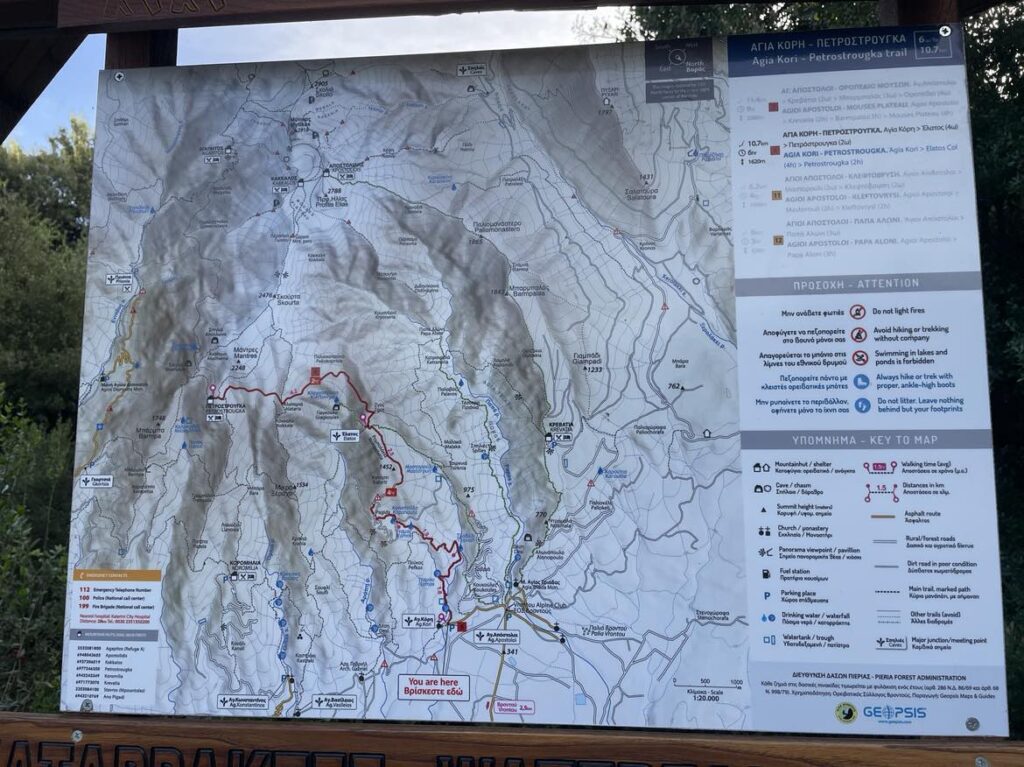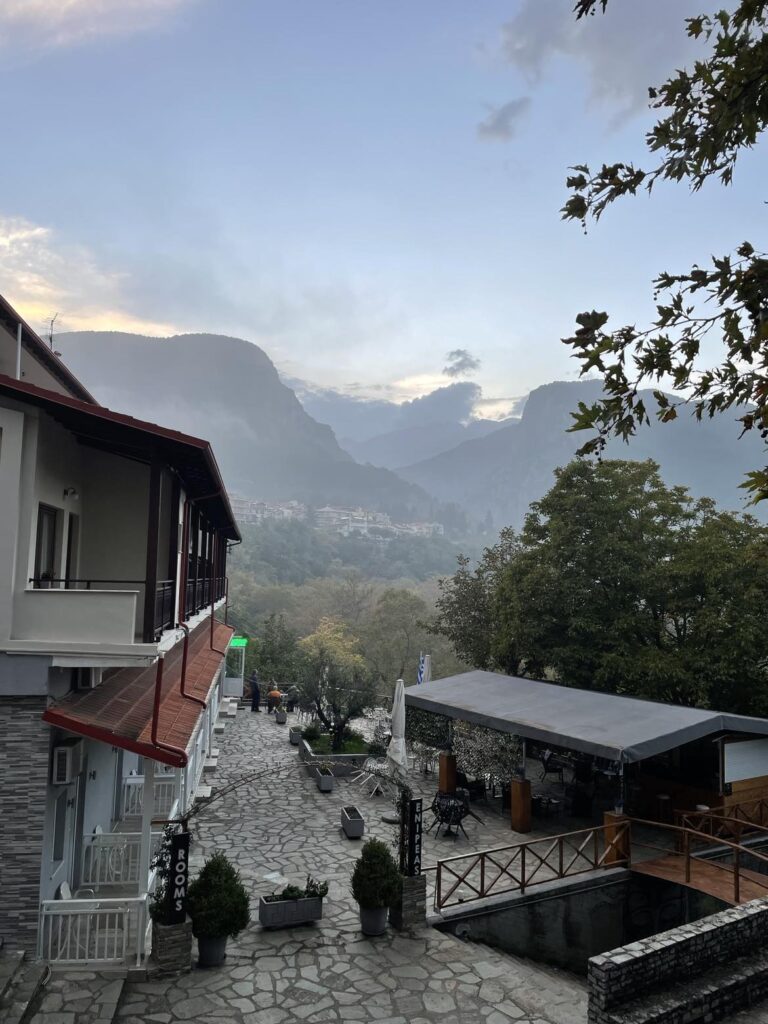Greece, a country of classical history and charming beaches, hides not only ancient heritage, but also unique and priceless natural treasures. Today I would like to focus on the extraordinary National Parks of Greece, which act as guardians of our environment, carefully protecting not only the beauty of the landscapes, but also the ecosystems that come to life within them.
Introduction to the National Parks of Greece
There are many national parks in Greece, each of which is like a unique time capsule, not only preserving pieces of the country’s natural heritage, but also playing a key role in environmental protection. These areas, often hidden in mountain crevices or surrounded by the sound of the sea, provide space for wildlife, protecting not only vegetation and animals, but also unique ecosystems.

Biodiversity Protection

Greece’s National Parks are a bastion of biodiversity conservation. It’s here,
in natural enclaves, we can meet species of plants and animals that do not occur anywhere else in the world. An example is the Olympus National Park, which is not only associated with Greek mythology, but is also a shelter for rare species, such as Greek chamois or the migratory eagle. Crete, in turn, hides an endemic species in the Samaria National Park – the Cretan mountain hawk.
Ecological Education
National Parks are not only places for nature lovers, but also an educational space where visitors can explore the secrets of nature and understand why its protection is so important. Educational visits, nature workshops and educational trails are organized here, allowing you to discover nature under the supervision of experts. This form of education, combined with a fascinating environment, asks people not only “what” to protect, but also “why”.

Sustainable Tourism

Tourism plays a key role in Greece’s economy, and national parks strive to strike a balance between welcoming visitors and protecting the environment. Sustainable tourism practices are being implemented, such as marking tourist routes that minimize the impact on nature, and educational programs for visitors. Thanks to this, tourists not only enjoy the beauty of nature, but also participate in the process of its protection.
The National Parks of Greece are natural gems worth cultivating and protecting. Their role in biodiversity conservation, ecological education and sustainable tourism development is invaluable. When you plan a holiday in Greece, consider how you can contribute to preserving these irreplaceable natural treasures.
These national parks not only showcase the diversity of Greece’s landscapes, but also play an important role in protecting the environment, both terrestrial and marine. They are an ideal place to discover the beauty of nature and understand the need to preserve it.
Olympus National Park:
- Location: In the northern part of the country, on Mount Olympus, the highest peak in Greece.
- Characteristics: This is a symbolic place related to Greek mythology, where, according to legends, goddesses and gods lived. The park is home to a wealth of flora and fauna, including beech forests, rivers, and endemic species.
Parnassos National Park:
- Location: In central Greece, including the Parnassus Mountains.
- Features: This park is known for its picturesque mountain landscapes, deep gorges and rocky peaks. There are also numerous springs and rivers here. The vegetation includes both mountain species and endemic plants.
Samaria Gorge National Park:
- Location: In Crete, in the western part of the island.
- Features: This park is mainly known for its long and picturesque gorge called Samaria Gorge. It is one of the longest and deepest gorges in Europe. There are beautiful views along the route, and the area is also a habitat for plant and animal species endemic to Crete.
Alonissos Marine Park:
- Location: North of the island of Alonissos, covering the offshore areas around the northwestern sporadic islands.
- Features: As a marine park, Alonissos is protected for its rich underwater world. These waters are home to Monachus seals – one of the most endangered seal species in the world.
Taygetos National Park:
- Location: On the Peloponnese peninsula, including the Taygetos Mountains.
- Features: This park offers impressive views of the mountains and valleys. Its attractions include mountain trekking trails and unique rock formations. This area is also important for the protection of rare endemic plant species.

